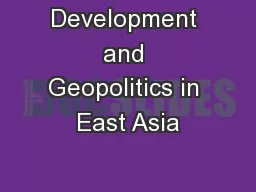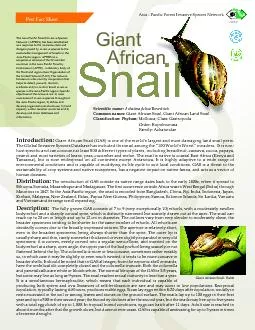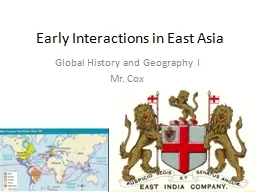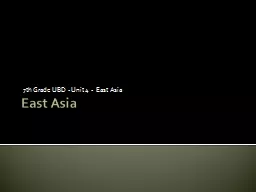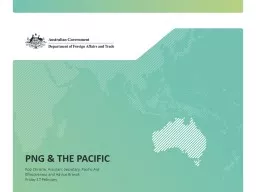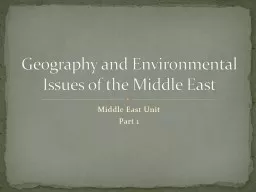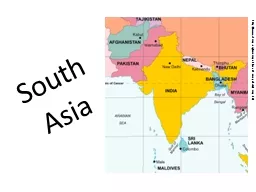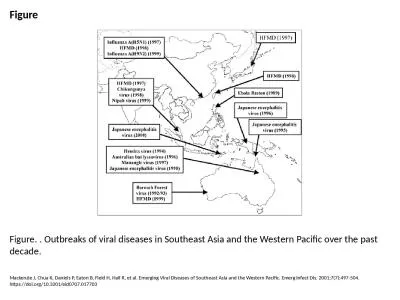PPT-Shadows over the Pacific: East Asia Under Challenge
Author : pasty-toler | Published Date : 2018-10-20
Southeast Asian Colonies Southeast Asia source of spices valued highly by Europeans To obtain spices Europeans established colonies there in 1500s For centuries
Presentation Embed Code
Download Presentation
Download Presentation The PPT/PDF document "Shadows over the Pacific: East Asia Unde..." is the property of its rightful owner. Permission is granted to download and print the materials on this website for personal, non-commercial use only, and to display it on your personal computer provided you do not modify the materials and that you retain all copyright notices contained in the materials. By downloading content from our website, you accept the terms of this agreement.
Shadows over the Pacific: East Asia Under Challenge: Transcript
Download Rules Of Document
"Shadows over the Pacific: East Asia Under Challenge"The content belongs to its owner. You may download and print it for personal use, without modification, and keep all copyright notices. By downloading, you agree to these terms.
Related Documents


